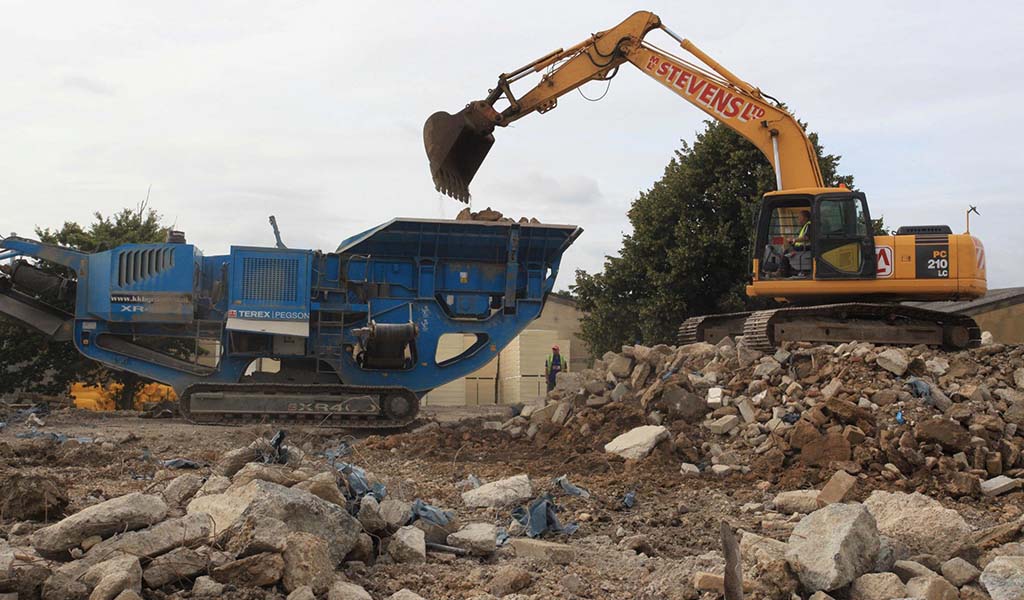Why Waste Recycling is So Important in Construction
At one time, when there was a demolition in Maidstone, most of the waste created went to landfill and that was the end of it. But as landfill sites groan under the weight of rubbish in them, the construction industry started to look at the possibility of waste recycling. So what is this and how does it work?

Waste removal stats
The construction industry is the largest user of natural resources and also creates a huge amount of waste. Each year some 400 million tonnes of material are used while more than 100 million tonnes of waste is produced. This is more than one-third of the total waste that the whole country creates. Of this, 25 million tonnes goes to landfill sites.
However, there is a lot can be done to reduce this last figure and to combine waste removal with waste recycling. The waste hierarchy is one way of looking at it:
- Reduce – put measures in place to reduce the amount of waste created
- Reuse –identify ways to reuse the materials on the site
- Recycle – recycle materials that can’t be reused
- Dispose – only disposing of anything that cannot be reused or recycled
Benefits to the business
By working with an expert who can put this hierarchy into action on your site – clearance, businesses can get a number of benefits.
For starters, they can possibly generate income from some of the materials that are reused or recycled. Alternatively, these can be funnelled back into the business and reduce the cost of new materials.
The business can comply with the various legislation regarding waste and reduce the amount of skip space required for the project. It helps to reduce cO2 emissions related to the project and to conserve natural resources.
Recycling and reuse also help to make for a tidy site and this has a very real benefit – it reduces the chances of on-site accidents due to rubbish and waste materials lying around.
Tips for recycling more
There are lots of ways that sites can recycle more or consider the ability to recycle materials when planning the project. For example, if there are materials needed that can’t be recycled, could they be reused in the next project? And can repair items such as palettes be reused or returned to the supplier?
Look at using temporary materials such as timber hoardings that can be dismantled and reused multiple times. Co-ordinate trades so that leftover materials from one area can be used in another. And look to return, sell or donate unused and salvaged materials to cut down waste and also materials costs.
Dismantling buildings rather than complete demolition can be another way to create the amount of waste recycled. This ensures that materials are removed in ways that mean it is easier to recycle them as opposed to simply destroying the building and therefore losing the chance to sort everything into recyclable waste.
Waste recycling contractor
Always use a waste recycling contractor who is licensed and can supply all the paperwork you need for the local authority. This covers your legal requirements and also allows you to showcase the environmentally conscious nature of your business.
QUESTIONS?
We offer removing, demolishing, site clearance & recycling services of all materials from your property in and around Tunbridge Wells. Call 01892 835 506 or contact us for a free quote by clicking the button bellow.
 Review Us!
Review Us!

